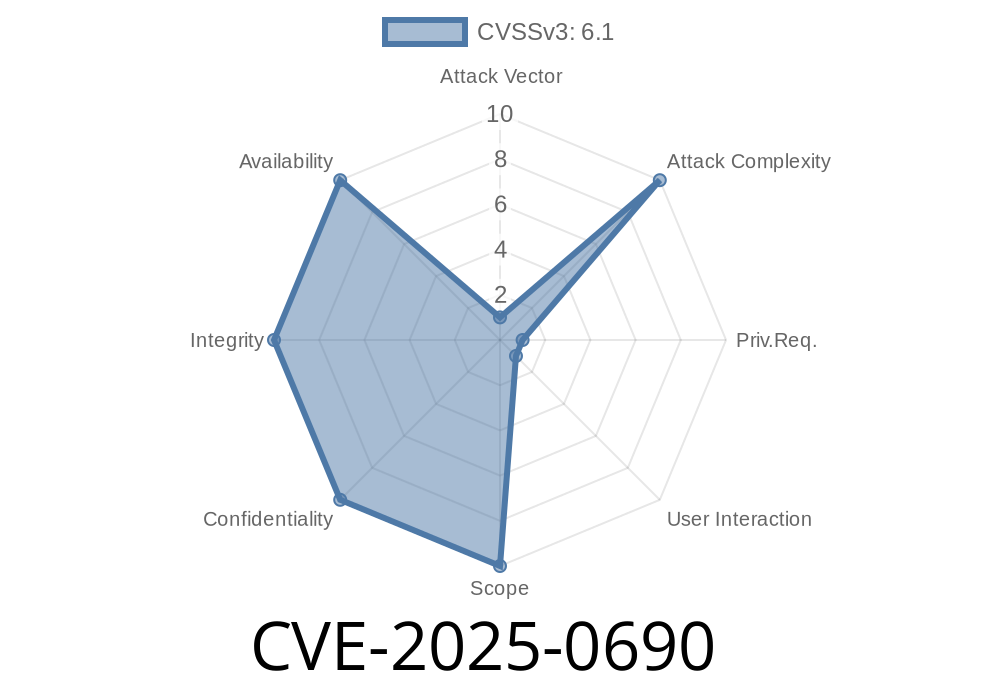GRUB2 (the GRand Unified Bootloader version 2) plays an essential role in the boot process of any modern computer. It's the first software that runs when the system starts, enabling critical configurations for the hardware and booting the operating system. A vulnerability (CVE-2025-0690) was discovered in GRUB2 that could lead to an out-of-bounds write in the heap based buffer, which could corrupt critical data or potentially bypass the secure boot process, leading to serious security implications.
The Vulnerability (CVE-2025-0690)
The vulnerability CVE-2025-0690 affects the read command function within GRUB2. The read command reads input from the user's keyboard and stores it in a buffer. As the user enters input, a 32-bit integer value keeps track of the input length. This value is further used to resize the buffer for accepting new characters, which presents the vulnerability.
By sending extraordinarily large input to the read command, a nefarious user could force the 32-bit integer value to overflow. This could, in turn, cause an out-of-bounds write in the heap based buffer. The out-of-bounds write can have severe consequences by corrupting GRUB2's critical internal data or potentially allowing for a secure boot bypass.
Here's a code snippet that demonstrates the vulnerability
void readline (const char *prompt)
{
char *line = NULL;
int line_size = ;
int line_length = ;
while (1)
{
int c = get_key ();
if (c == '\n' || c == '\r')
break;
if (line_length + 1 >= line_size)
{
// Vulnerable code below:
line_size += INPUT_CHUNK_SIZE;
line = xrealloc (line, line_size); // Resizing the buffer
}
line[line_length++] = c;
}
}
In the code snippet above, as the user-entered input length (line_length) increases, the buffer size (line_size) is incremented by INPUT_CHUNK_SIZE. The line line = xrealloc (line, line_size); resizes the buffer to accommodate the new characters. If the input length is large enough, it could cause the 32-bit integer value to overflow, leading to the out-of-bounds write in the heap-based buffer.
Original References
1. GRUB2 Developer's Guide
2. CVE-2025-0690: Official CVE Details
Due to the potential for serious security implications, exploitation details have not been provided publicly. The vulnerability allows for possible corruption of GRUB2's internal data structures and a secure boot bypass, granting unauthorized access to a system.
We strongly advise system administrators and developers to apply security patches provided by GRUB2 maintainers and ensure they are running the latest version to protect against this vulnerability.
Conclusion
The CVE-2025-0690 vulnerability in GRUB2 poses significant security risks due to the possibility of a secure boot bypass or corruption of critical internal data, which could potentially grant unauthorized access to a system. It is crucial to stay informed about patch releases and frequently update systems to protect against threats such as these.
Timeline
Published on: 02/24/2025 08:15:09 UTC
Last modified on: 03/15/2025 00:22:20 UTC
